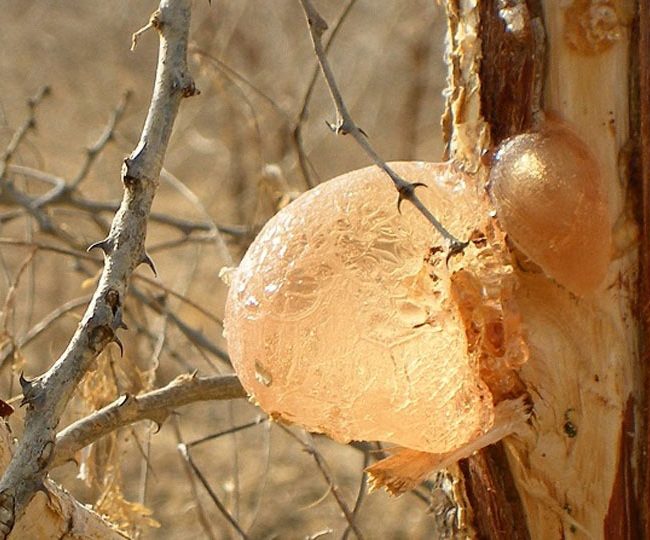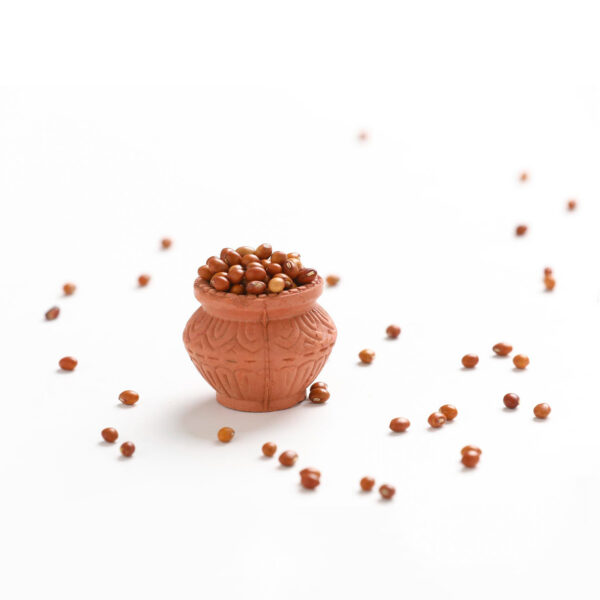WHAT IS GUM ARABIC?
Also known as acacia gum, kordofan, meska, char goond is a natural gum made of the hardened sap of various species of the acacia tree.
Gum arabic is harvested from two types of wild Acacia trees, one is Acacia Senegal tree and other is Acacia Seyal.
This resin is obtained through special tappings made on the trunk of the tree. The resinous liquid which comes out of the tappings to heal the cuts on the bark, thickens on contact with the air, forming a hard and glassy gum.
Gum arabic is edible and has E number E414.

SOURCE OF
ARABIC GUM
Gum Arabic is harvested in the gum belt of Africa, this belt starts from Senegal at the west of Africa and ends at Sudan in the east, also known as African sahel.
From the 1950s to the early 1990s, Sudan accounted for roughly 80% of gum Arabic production, today, that figure is probably under 50%.
Sudan is still the world’s largest single producer of Arabic Gum.
Need a quote?
GENERAL USES
Gum arabic is used primarily in the food industry as a stabilizer. Gum arabic is a key ingredient in traditional lithography and is used in printing, paint production, glue, cosmetics and various industrial applications, including viscosity control in inks and in textile industries, though less expensive materials compete with it for many of these roles.
Ceramic Glazes
Gum Arabic has a long history as additives to ceramic glazes.
Icing, Fillings
Gum Arabic is used as an emulsifier and a thickening agent in icing, fillings, chewing gum and other confectionery treats.
Fireworks Composition
Gum Arabic is also used as a water-soluble binder in fireworks composition.

Watercolor Painting
Dietary Fiber
Apply the highest standards and specifications






